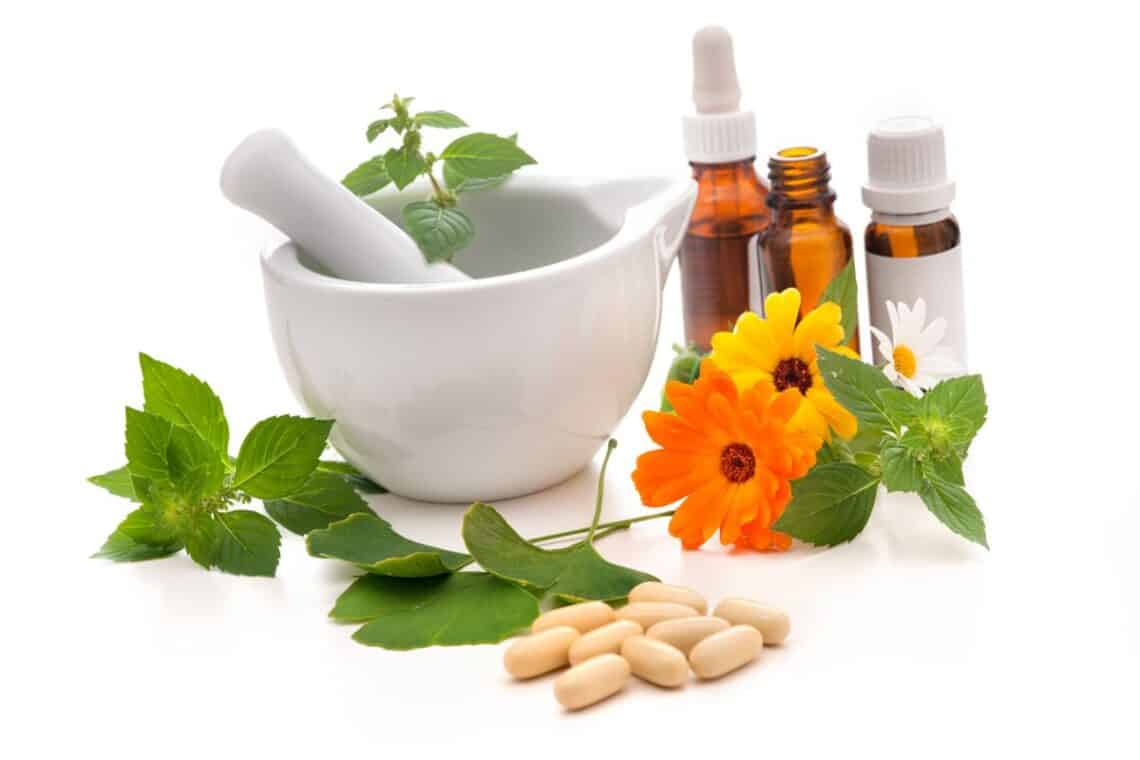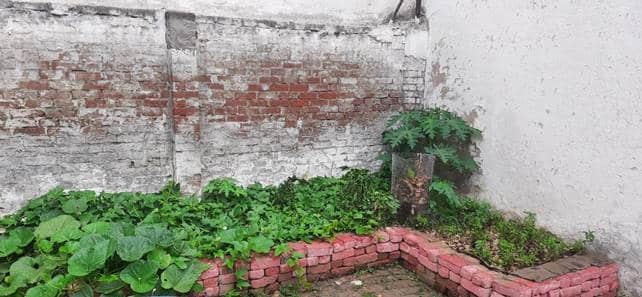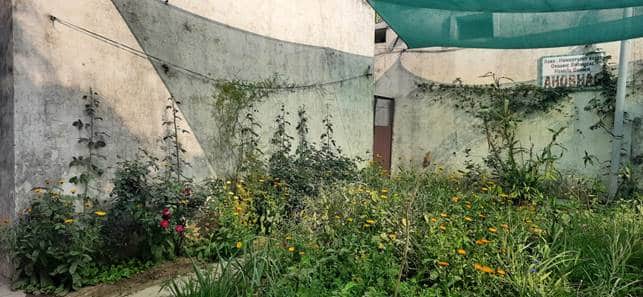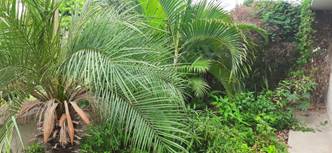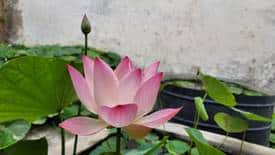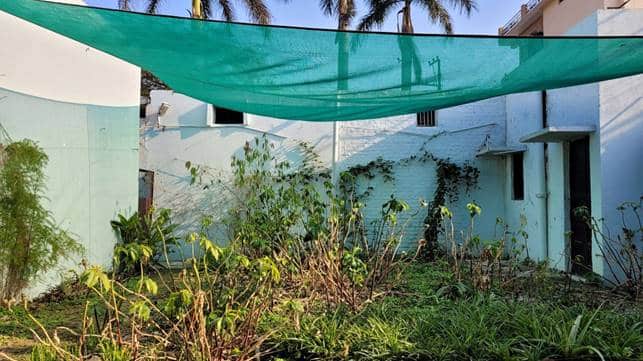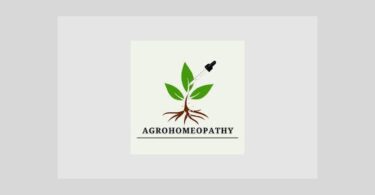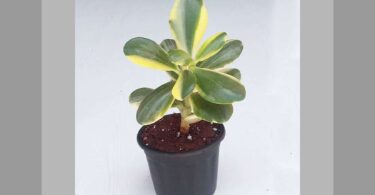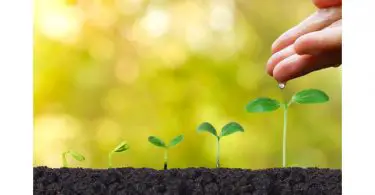Dedication: Project AHOBHAG is most humbly dedicated, with deepest gratitude in the Holy Feet of Most Revered Gracious Huzur Prof. Prem Saran Satsangi Sahab, my spiritual Master, an illustrious Academician par excellence and the visionary Innovator extraordinaire.
This project was born in late 2019, as much out of curiosity as it was out of desire to assist the farming community to practise sustainable organic farming in the most efficient manner. The acronym, AHOBHAG stands for good fortune in Hindi. In consonance with its name, the purpose of AHOBHAG from the get-go has been to inspire the community to take up organic farming the gentle homeopathic way.
In this article, I shall enumerate a few challenges faced in the past years, along with their solutions, which worked for us at AHOBHAG:
Challenge 1: Water table in Roorkee (Uttarakhand, India) is falling fast, leading to reduced availability of water for agriculture. This problem is more acute in summer months.
Solution 1: Mulching reduces the rate of evaporation significantly. Therefore, the need to water plants daily in summer months was eliminated. Now, it generally suffices to water plants once in roughly ten days, during summer months. In fact, at AHOBHAG, we follow the zero-waste rule religiously by recycling all dry leaves, twigs, branches etc for mulching.
Challenge 2: Weeding meant using tools like trowel and shovel, resulting in massacre of earthworms and the rich bio-diversity of soil, including its flora and fauna.
Solution 2: We stopped weeding completely and the use of mechanical tools. Instead, mulching was done to increase biomass, kill the weeds (by cutting off the sunlight) and save the earthworms and other critters.
Challenge 3: Most of the Stevia plants died in the winter of the first year.
Solution 3: We applied Aconitum from the second year, before the frost, which saved almost all the plants. Moreover, a layer of mulching acted as a thick insulation cover on the soil and reduced the effect of frost in winter.
Challenge 4: Production of Costus igneus Nak (Insulin) plant was low (i.e. leaves were small, few and unhealthy) in the initial years.
Solution 4: Use of Silicea significantly improved the leaf size and leaf production.
Challenge 5: Spider mites attacked Withania somnifera (Ashwagandha) plants which were planted together.
Solution 5: From next season, we avoided planting the same species together, i.e., avoided mono cropping, which resulted in significantly less pest attacks.
Challenge 6: Aphids regularly attacked young plants in initial years.
Solution 6: Homeopathic remedy Coccinella septempunctata worked like a charm in most of the cases.
Challenge 7: In winters, production of herbal leaves used to fall drastically, in initial years.
Solution 7: A healthy ecosystem developed over roughly three years, by the practise of agro-homeopathy, mulching, no-digging increased the production of leaves even in autumn and winter.
Challenge 8: A mature lemon plant did not bear fruit even once.
Solution 8: Homeopathic remedy Janosia ashoka was sprayed two times foliarly, resulting in fruiting for the first time, in many years.
Challenge 9: Caterpillars attacked fresh leaves of many plants.
Solution 9: Homeopathic remedy Sambucus nigra worked rather well for this issue.
Challenge 10: Leaf miner attacked holy basil plant and the tomatoes.
Solution 10: Thuja was very effective against leaf miner. In fact, Thuja has proven to be a pretty useful “organic pesticide”.
Challenge 11: Termites attacked the Moringa and Camphor trees.
Solution 11: Use of the homeopathic remedy Camphora saved both the trees from termite attack. In fact, this remedy has been employed to save old wooden furniture and objects from termites attack at many places.
Protocol of remedy dilution: We have mostly used homeopathic medicines in 6c or 12c potencies by diluting one drop of medicine in 2 to 3 litres of water. Before spraying the remedy on the leaves and root of the plant, we shake the spray bottle at least 50 times.
Though we have mainly used 6c and 12c potencies, 30c and 200c have also given decent results.
In this endeavour to practise agro-homeopathy, the question-answer section of Hpathy e-magazine, featuring plant doctor Dr. Radko Tichavsky, proved to be invaluable.
The aforementioned examples prove the effectiveness of homeopathy at tackling most of the issues faced by farmers and gardeners in a highly cost-effective manner.
Apart from agro-homeopathy, other tools employed at AHOBHAG, include worm towers. In worm towers organic kitchen waste is dumped. This enables faster decomposition of waste along with enhancement of soil health. We also added biochar once, to sequester Carbon and increase water retention capacity of soil. It also increases the soil fertility.
We have also established a keyhole garden at AHOBHAG. It has a composting bin at its centre, where the kitchen waste and water are periodically filled, which decomposes and releases vital nutrients to the plants. The keyhole garden uses considerably less water compared to a conventional garden. This demonstrates that small urban spaces can be utilised for growing plants organically with minimum effort and resources.
Fig: Keyhole garden
Observation: At the moment, more than 70 plant species are growing at AHOBHAG, including many exotic ones like black turmeric, water lily and lotus. Agro-homeopathy in conjunction with permaculture techniques and no-till farming has been quite effective at managing the garden organically, with minimum effort and maximum production.
Interestingly, after almost three years, we note that pests and plant diseases have considerably reduced and the production has increased significantly (by more than 50%, compared to the first year). In fact, this disproves the popular misconception that conventional farming techniques necessarily have a higher yield compared to organic farming techniques.
Of course the initial three years of moving from conventional farming to organic farming may result in lower yields. But, after the initial hiccups, following agro-homeopathy techniques will probably result in a better yield.
Therefore, if these minimalist techniques are employed by farmers across the globe, we can ensure food security without compromising healthy living. These concepts can be conveniently adapted and adopted anywhere, from large farms to roof-top gardens and kitchen gardens.
Figs: A few glimpses of different sections of AHOBHAG in various seasons
Agro-homeopathy is currently an active academic and research discipline, as can be concluded from multiple research publications mentioned in references section of this
article.
Acknowledgement: The author is very thankful to Editor Alan Schmukler, for encouraging him to write an article on this subject.
References:
[1] Weblink to AHOBHAG: https://agro-homeopathy-based-organic-botanical-herbal.business.site/?utm_source=gmb&utm_medium=referral
[2] V. Huzur Saran, V. Guru Charan, Permaculture, zero-tillage and agro-homeopathy – the trinity of sustainable farming practices, DEI-DEP Magazine, 2020-21
[3] V. Huzur Saran, Homeopathy and classical music enhance the growth and health of herbal plants, DEI-DEP News, Vol. 8, No. 6, July 2020
[4] Radko Tichavsky, The Plant doctor section, hpathy
[5] Vaikunthanath Das Kaviraj, Homeopathy for Farm and Garden: Plant and Soil Problems and their Remedies
[6] Di Lorenzo F, Dinelli G, Marotti I, Trebbi G. Systemic Agro-Homeopathy: A New Approach to Agriculture. OBM Integrative and Complementary Medicine 2021
[7] Jäger T, Scherr C, Shah D, Majewsky V, Betti L, Trebbi G, et al. Use of homeopathic preparations in experimental studies with abiotically stressed plants. Homeopathy. 2011; 100: 275-287.
[8] Jäger T, Scherr C, Shah D, Majewsky V, Wolf U, Betti L, et al. The use of plant-based bioassays in homeopathic basic research. Homeopathy. 2015; 104: 277-282.
[9] Ücker A, Baumgartner S, Sokol A, Huber R, Doesburg P, Jäger T. Systematic review of plant-based homeopathic basic research: An update. Homeopathy. 2018; 107: 115-129.
[10] Trebbi G, Nipoti P, Bregola V, Brizzi M, Dinelli G, Betti L. Ultra high diluted arsenic reduces spore germination of Alternaria brassicicola and dark leaf spot in cauliflower. Horticul Bras. 2016; 34: 318-325.
[11] De Souza Goncalves PA, Boff P, De Araujo ER. High dilutions dinamized of calcium nitrate and potassium sulphate on the management of thrips, downy mildew and onion yield under organic system. Revista Thema. 2017; 14:16-24.
[12] Modolon TA, Boff P, Boff MI, Miquelluti DJ. Homeopathic and high dilution preparations for pest management to tomato crop under organic production system. Horticul Bras. 2012; 30: 51-57.
[13] Goncalves AC, Gonçalves dos Santos M, Schwantes D, Stangarlin JR, De Vasconcelos ES, Benetoli da Silva TR, et al. Development of wheat plants treated with nux vomica and grown in soil contaminated with Cd and Pb. J Agronomic Sci. 2017; 6: 70-83.
[14] Bonfim FP, Martins ER, Dores RG, Barbosa CK, Casali VW, Honório IC. Use of homeopathic Arnica montana for the issuance of roots of Rosmarinus officinalis L. and Lippia alba (Mill) N.E.Br. Int J High Dilution Res. 2008; 7: 113-117.
[15] Santos FM, Monfort LE, Castro DM, Pinto JE, Leonardi M, Pistelli L. Characterization of essential oil and effects on growth of Verbena gratissima plants treated with homeopathic Phosphorus. Nat Prod Commun. 2011; 6: 1499-1504.
[16] Majewsky V, Heuwieser, Shah D, Scherr C, Jager T, Betti L, et al. Use of homeopathic preparations in experimental studies with healthy plants. Homeopathy. 2009; 98: 228-243
[17] Betti L, Trebbi G, Majewsky V, Scherr C, Shah-Rossi D, Jäger T, et al. Use of homeopathic preparations in phytopathological models and in field trials: A critical review. Homeopathy. 2009; 98: 244-266.

